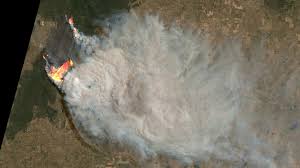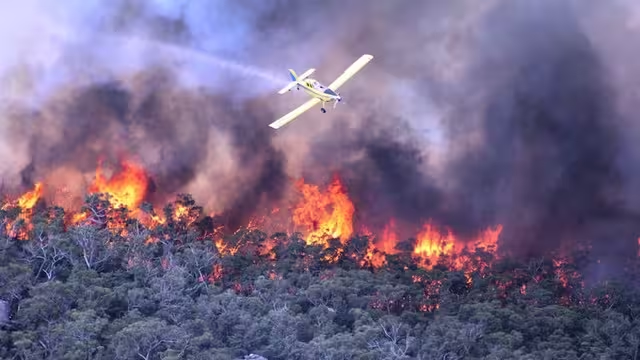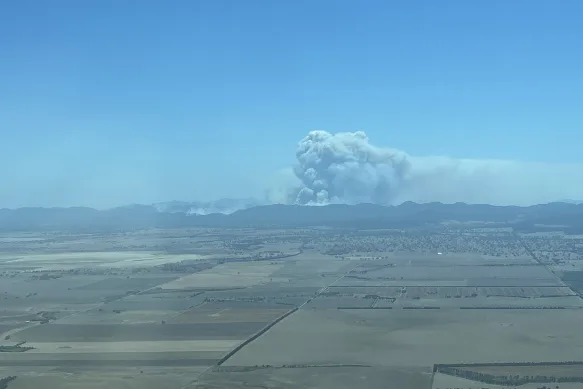Bretrick
Well-known Member
- Location
- Perth Western Australia
The heartbreaking bushfire burning in The Grampians (National Park) Victoria has grown to 74,000 hectares 182,000 acres.
Larger than the island of Singapore.
More than 600 firefighters had sacrificed their family time at Christmas, to work on the fire and protect homes.
"There's a really big fire edge, it's about 338 kilometres - 210 miles, in fire edge. It's massive."


Huge fires create their own weather that can lead to thunderstorms 'pyrocumulonimbus clouds'. The official name for them is 'flammagenitus', but they're also known as fire-generated thunderstorms.
The Grampians Pyrocumulonimbus cloud

Larger than the island of Singapore.
More than 600 firefighters had sacrificed their family time at Christmas, to work on the fire and protect homes.
"There's a really big fire edge, it's about 338 kilometres - 210 miles, in fire edge. It's massive."


Huge fires create their own weather that can lead to thunderstorms 'pyrocumulonimbus clouds'. The official name for them is 'flammagenitus', but they're also known as fire-generated thunderstorms.
The Grampians Pyrocumulonimbus cloud





